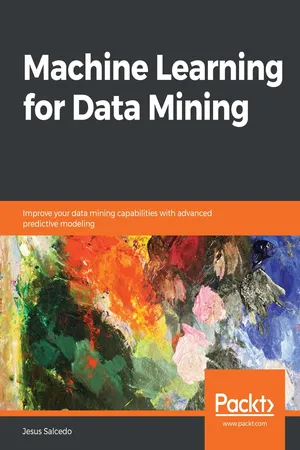
Machine Learning for Data Mining
Improve your data mining capabilities with advanced predictive modeling
- 252 pages
- English
- ePUB (mobile friendly)
- Available on iOS & Android
Machine Learning for Data Mining
Improve your data mining capabilities with advanced predictive modeling
About This Book
Get efficient in performing data mining and machine learning using IBM SPSS Modeler
Key Features
- Learn how to apply machine learning techniques in the field of data science
- Understand when to use different data mining techniques, how to set up different analyses, and how to interpret the results
- A step-by-step approach to improving model development and performance
Book Description
Machine learning (ML) combined with data mining can give you amazing results in your data mining work by empowering you with several ways to look at data. This book will help you improve your data mining techniques by using smart modeling techniques.
This book will teach you how to implement ML algorithms and techniques in your data mining work. It will enable you to pair the best algorithms with the right tools and processes. You will learn how to identify patterns and make predictions with minimal human intervention. You will build different types of ML models, such as the neural network, the Support Vector Machines (SVMs), and the Decision tree. You will see how all of these models works and what kind of data in the dataset they are suited for. You will learn how to combine the results of different models in order to improve accuracy. Topics such as removing noise and handling errors will give you an added edge in model building and optimization.
By the end of this book, you will be able to build predictive models and extract information of interest from the dataset
What you will learn
- Hone your model-building skills and create the most accurate models
- Understand how predictive machine learning models work
- Prepare your data to acquire the best possible results
- Combine models in order to suit the requirements of different types of data
- Analyze single and multiple models and understand their combined results
- Derive worthwhile insights from your data using histograms and graphs
Who this book is for
If you are a data scientist, data analyst, and data mining professional and are keen to achieve a 30% higher salary by adding machine learning to your skillset, then this is the ideal book for you. You will learn to apply machine learning techniques to various data mining challenges. No prior knowledge of machine learning is assumed.
Frequently asked questions
Information
Understanding Models
- Types of models
- Using graphs to interpret machine learning models
- Using statistics to interpret machine learning models
- Using decision trees to interpret machine learning models
Models
- Statistical models
- Decision tree models
- Machine learning models
Statistical models


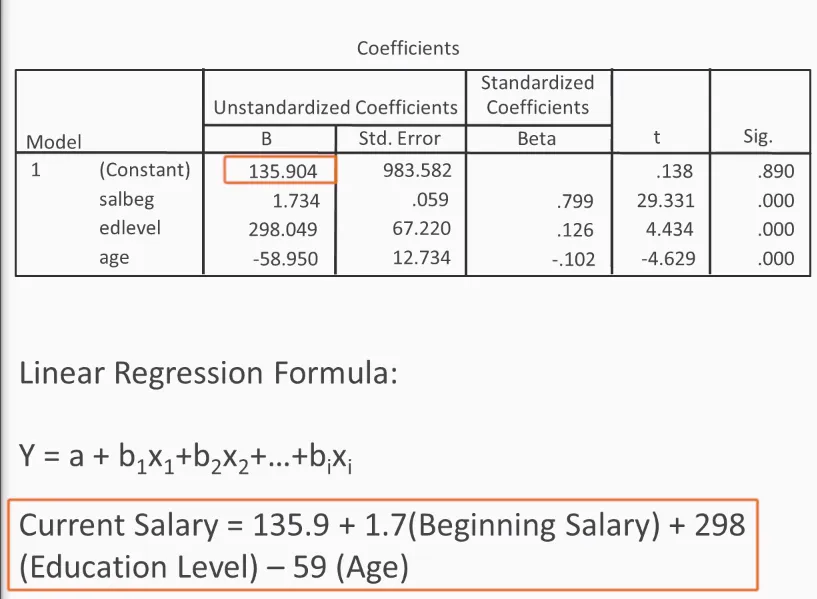

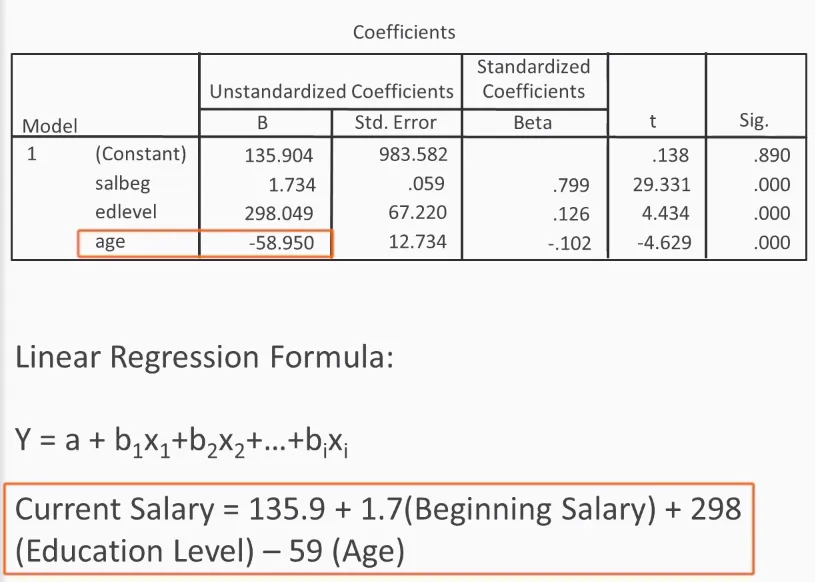
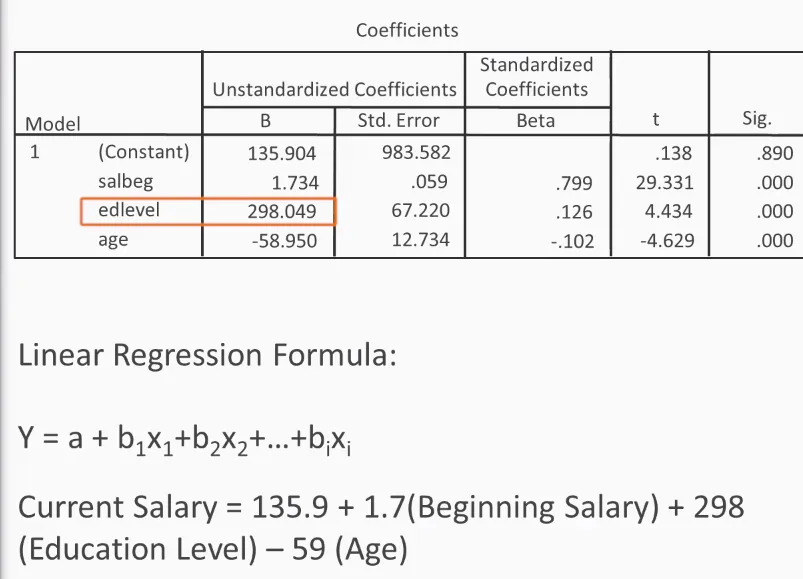
Decision tree models




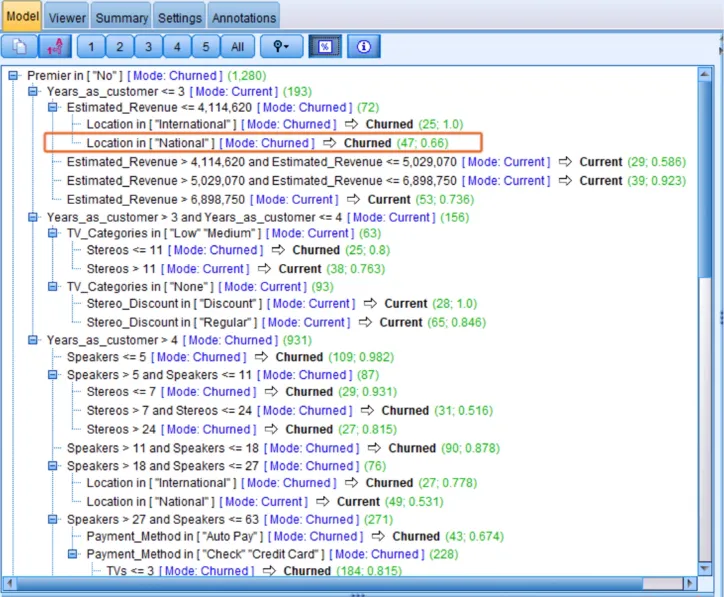
Table of contents
- Title Page
- Copyright and Credits
- Contributors
- About Packt
- Preface
- Introducing Machine Learning Predictive Models
- Getting Started with Machine Learning
- Understanding Models
- Improving Individual Models
- Advanced Ways of Improving Models
- Other Books You May Enjoy